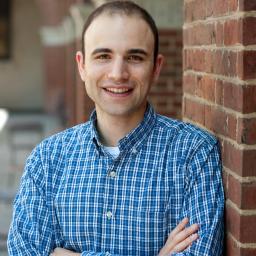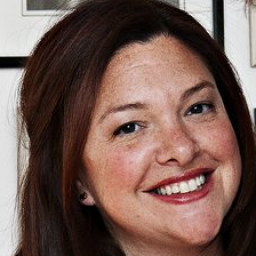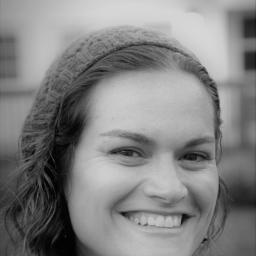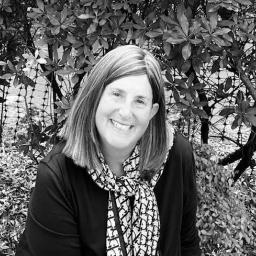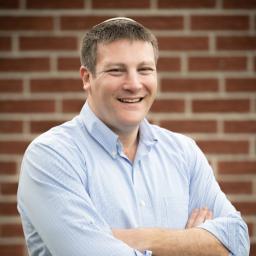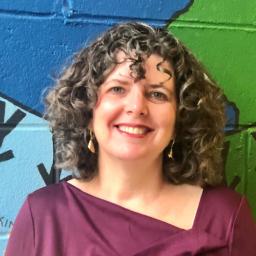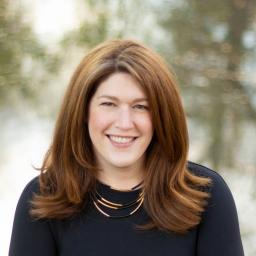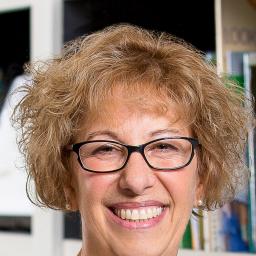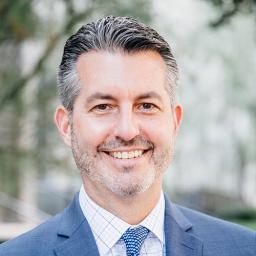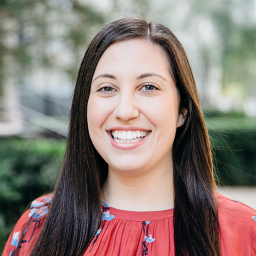As we continue to navigate the immediate health, financial and political effects of the ongoing pandemic, Jewish community professionals also remain committed to helping young people thrive through what is known as the “shadow pandemic,” the emerging Mental, Emotional, Social and Spiritual Health (MESSH) crisis, specifically for our adolescents and emerging adults (ages 10-26). This shadow pandemic has been years in the making and has only been exacerbated by Covid-19. The past two years have laid bare the pervasive and increasing levels of this age cohort’s stress, anxiety, depression and loneliness.
Our Jewish organizational leaders and direct service professionals, from the CEO and senior management to the social workers, classroom educator to the camp counselor, have stepped up heroically, marshaling all of their training, their best instincts and the wisdom and resources of Jewish tradition to steer adolescents and young adults through uncertainty. This work can be relentless, yet it is championed and led by empathic, dedicated professionals. One might say that these leaders have become “like superheroes in reverse: heroes in public with secret identities of normal people who break down into tears and struggle in private,” imagery explored in a recent book on relationships.
We must both acknowledge and attend to our leaders’ own MESSH and wellbeing, especially during this critical time. This is how we become a kehillah kedoshah, a sacred or holy community. “Wellbeing” includes having the ability to think clearly, act in ways that are aligned with our values, and hold deep relationships. According to the Global Wellness Institute, “People with mental wellbeing know themselves and their needs, have clear boundaries and are emotionally literate. They are generous, wise and compassionate. They make good decisions on behalf of others.” Therefore, supporting the well-being of our leaders is vital to promoting the mental health of all.
Without a sense of their own wellbeing, it’s difficult for leaders to show the empathy and genuine care their teams and constituents need. Leaders need to be authentically present, a difficult task if they are preoccupied with their own stress and anxiety. We must help safeguard and promote their own well-being if we expect them to go to incredible lengths to protect our community.
We, the colleagues, executives, lay-leadership and community members in position to support our Jewish professional leaders, start this by deeply getting to know them, both their stressors and their needs. Each of us has the ability to ensure we offer our leaders the same level of care we do for our broader community. We must work each day to help them feel blessed.
Board members, lay leaders, human resource professionals and fellow colleagues all have a role in contributing to the MESSH of our leaders. Strategies include:
Foster meaningful relationships through supportive work environments.
To be in relationships with others is an obligatory matter of Jewish tradition. We are commanded, for example, not only to pray but to pray as a people, a congregation and a community with each other. The rabbis of the Talmud require us to chant Torah and sing our liturgical prayers in a minyan (a minimum group of ten worshippers). Our relationships with each other foster a deep sense of belonging to something bigger than ourselves, which fuels us and our work deeply. Focusing on understanding and oneness in the workplace can nurture a strong, supportive community.
Invite leaders to bring their whole selves to their work.
Work-life balance feels impossible to achieve these days. Even work-life integration, in which we can selectively mix our two lives together, can also prove difficult. As a new approach, we can stop thinking of work and life as separate. Rather, we invite our leaders to bring their authenticity, humility, and vulnerability to work, as Mike Robbins writes in Bring Our Full Selves to Work:
Authenticity: Encourage them to bring their integrated selves to their role, and not hide any part of themselves either in the room or on the Zoom.
Humility: Listen intently to what they may need and invite leaders to share in part by sharing our own struggles and missteps.
Vulnerability: Create a safe and inviting workspace of non-judgmental listening, in which leaders sharing fears and concerns openly is valued and not critiqued.
Create and champion opportunities for leaders to rest.
Leaders can feel especially worn down during this prolonged crisis period as if they have nothing left to give. From Anne Helen Peterson’s work for Culture Study: “You keep going, but the returns diminish, your capacity diminishes, your feeling of control… every day there’s less of it. And yet—you are beloved and worthy of rest.” Rest, ranging from a quiet day or hour to a sabbatical, offers proven benefits to mental health, creativity and community. As we just closed out another pandemic year, let’s propose a year of Shmittah (meaning release in Hebrew) in which we must honor the needs of our leaders to step back, rest and recharge, knowing they will return stronger.
Standing on this ever-shifting sand, we are in each other’s hands. In the words of Martin Buber, “I think no human being can give more than this. Making life possible for the other, if only for a moment.”
Harnessing Buber’s words, we must have the kavannah, intentionality, to ensure our leaders, and therefore our entire community, feel both held and blessed. One of the hallmarks of wellbeing is the ability to make a contribution to the community. Now more than ever, we must help the helpers. Advocating for and taking these actions can (re)inspire our leaders, help them reignite joy and ripple outwards to all they serve.



